A Frontier Revival
From 1850 to 1860, the new state of California was separated from its nearest neighboring state by a distance of over 2,400 km (1,500 miles). The territories in between were sparsely inhabited, mostly by natives. As a result, there was no reliable, practical means of communication between California and any other state. The fastest means of getting information from one coast to the other was to put an envelope on a ship, sail around Cape Horn, and deliver the mail 13,225 nautical miles later. The sea voyage alone took a minimum of three months; if the mail had to be delivered to or from somewhere other than a port city, another few weeks would be needed for the land voyage.
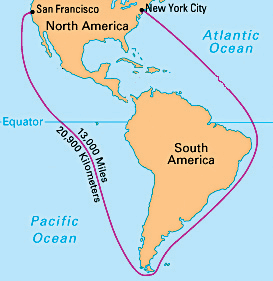
The California Gold Rush made it clear that fast communication with the west coast was invaluable. Those able to send information back-and-forth between investors on the east coast and settlers on the west coast were the ones able to first claim valuable land and strike it rich. The need for a link between states only became more important as the Civil War approached.
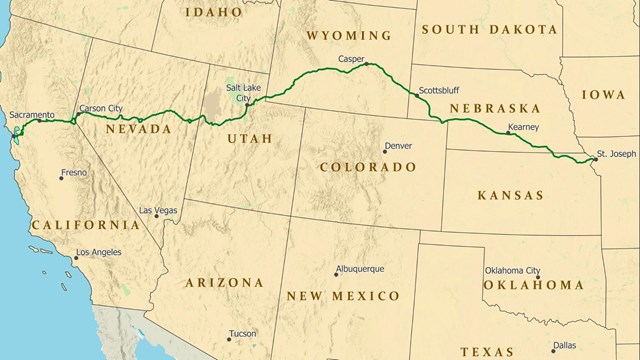
Three men by the names of William Russell, Alexander Majors, and William Waddell conceived of a private overland mail service, prioritizing speed. The route stretched approximately 3,100 km (1,900 miles), from St. Joseph, MO to Sacramento, CA, the closest two points between other means of transportation (train in St. Joseph, river in Sacramento). Instead of wagons, mail would be delivered by individual riders, carrying almost nothing but water and a mochila, essentially a saddle with mail pouches built in.
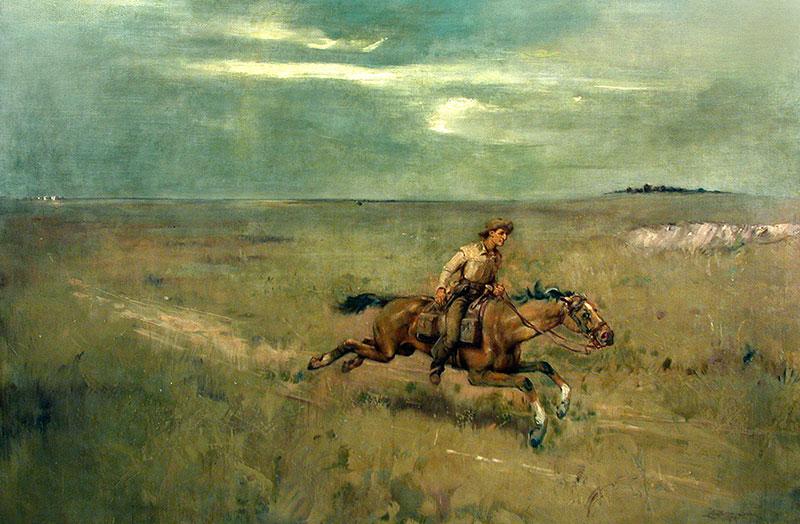
The Pony Express lasted only 18 months, from April 1860 to October 1861. It’s often misconceived that it was “killed” by the train or by the Civil War, but the reality is the service was never profitable. Over 6,000 people were employed by the Pony Express, and the dangerous work demanded much higher pay than an average farmer or ranch hand. There were simply never enough customers willing to pay the high cost of $5 (later $2.50 and eventually $1) for delivery of a ½-ounce (14 g) letter. Accounting for inflation, the original $5 cost would be $186 in 2024.
A coast-to-coast telegraph was completed in 1861, signaling the death knell for the Pony Express. In the years since, it’s only become easier to send information from one place to another, just as it’s become easier to…do everything. As the world marches onward into an era of ever-increasing efficiency and convenience, some have found ourselves growing comfortably numb. Nothing feels like an accomplishment when every task is easy. What can we do anymore to make ourselves proud? What makes us feel anything?

Amazingly, the majority of the land along the Pony Express looks about the same as it did 164 years ago. In our ever-expanding and shrinking world, there remain undeveloped lands, some of them vast. Of the nearly 200 stations along the historic route, a handful are still standing, in various states of disrepair, and the route itself can still be traveled.
In the late 2010s, a few good people at Bikepacking Roots got out some maps and set to work re-drawing the route, primarily using current dirt roads. In the following years, the route was scouted, particularly by one Jan Bennett, who would later become the first person to ride the entire route in one shot. By 2020, the route was mostly complete, and in 2021, the route was published. The full length is now 3,553 km (2,208 miles), since modern roads don’t precisely follow the original route, so there’s a bit of zig-zagging.
Even in a developed country, the Pony Express Bikepacking Route manages to largely skirt any resemblance to our modern era. The route is primarily on dirt, and in many areas, the dirt “road” could be described as a long pile of sand. Most of these desert back roads are seldom used, if ever. In certain areas, a rider shouldn’t expect to see more than one car per day, maximum.
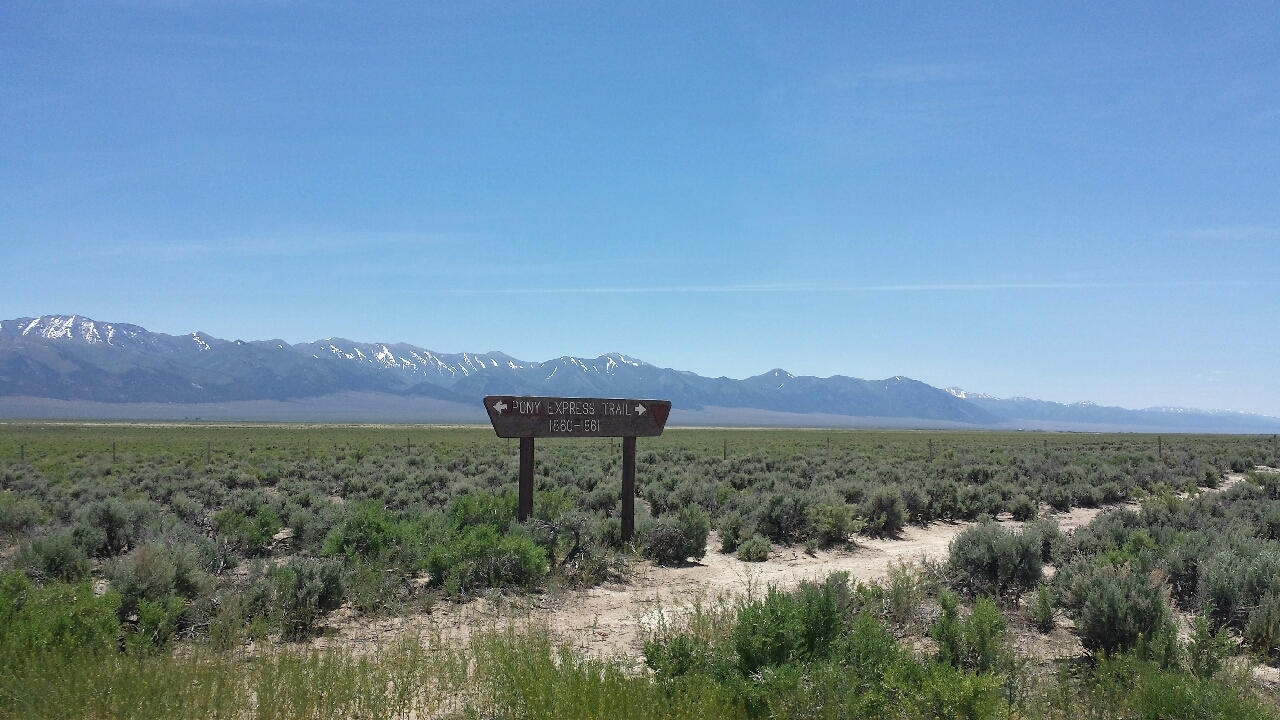
As many as 624 km (388 miles) pass between towns of any size, with no man-made structures in between. A rider can expect to go 124 km (77 miles) between water sources, possibly more (water sources in the desert often run dry). As a result, it’s imperative to maintain a level of self-sufficiency. When you run out of food and water, you can’t simply get more. And if you don’t have enough, you die.
The golden age of exploration and adventure is behind us; the maps are entirely colored in. Anyone can be essentially anywhere in the world in less than 24 hours, and a guided trip to the summit of Everest can be bought for $50,000. The Pony Express represents one of the last chances to experience our world as our precursors did, in a “man-against-the-world” kind of way.
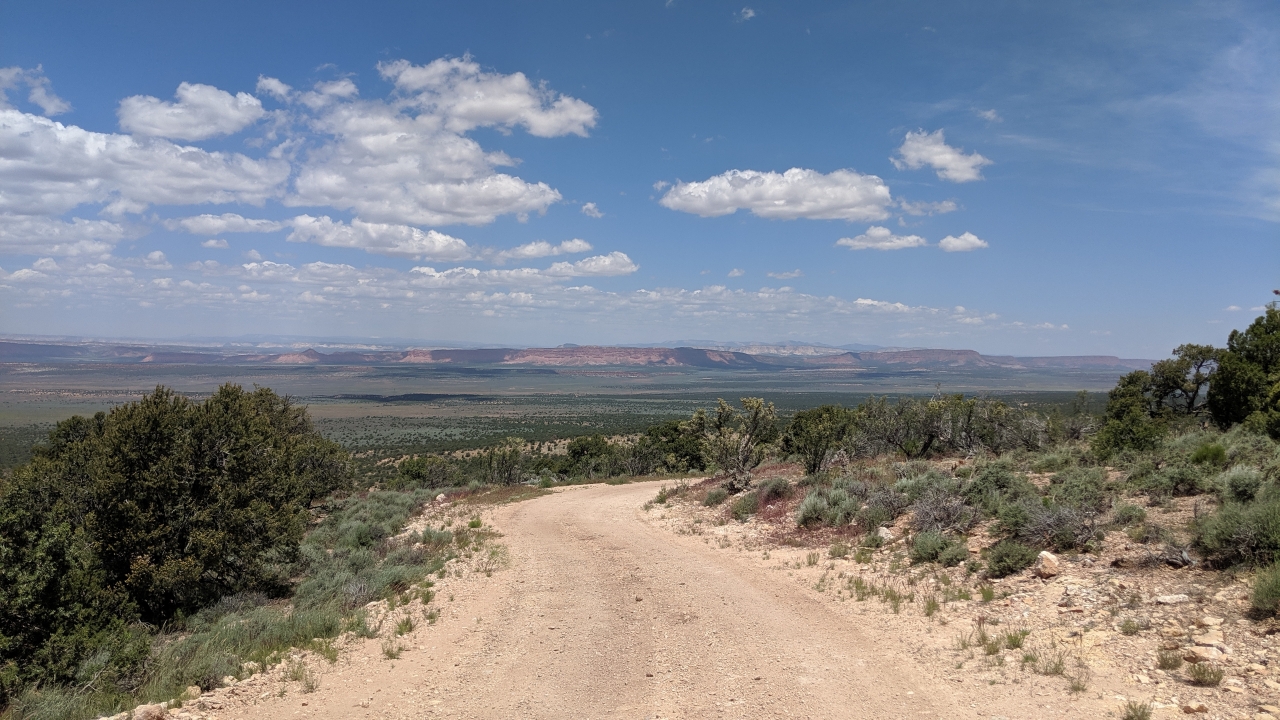
Summer 2024. I'm willing.
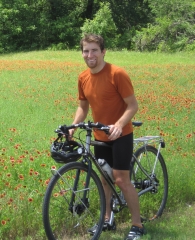
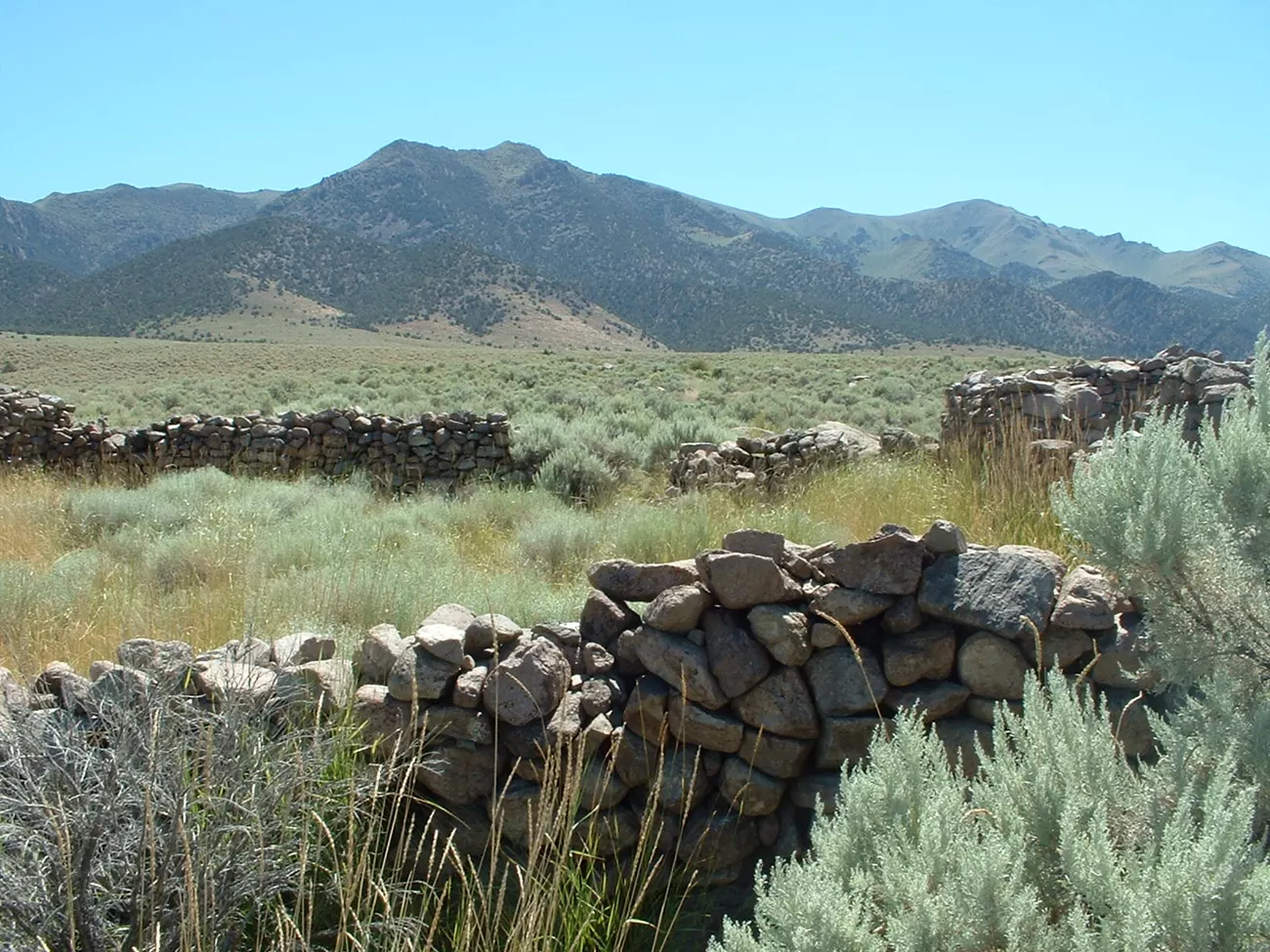


 June
June

